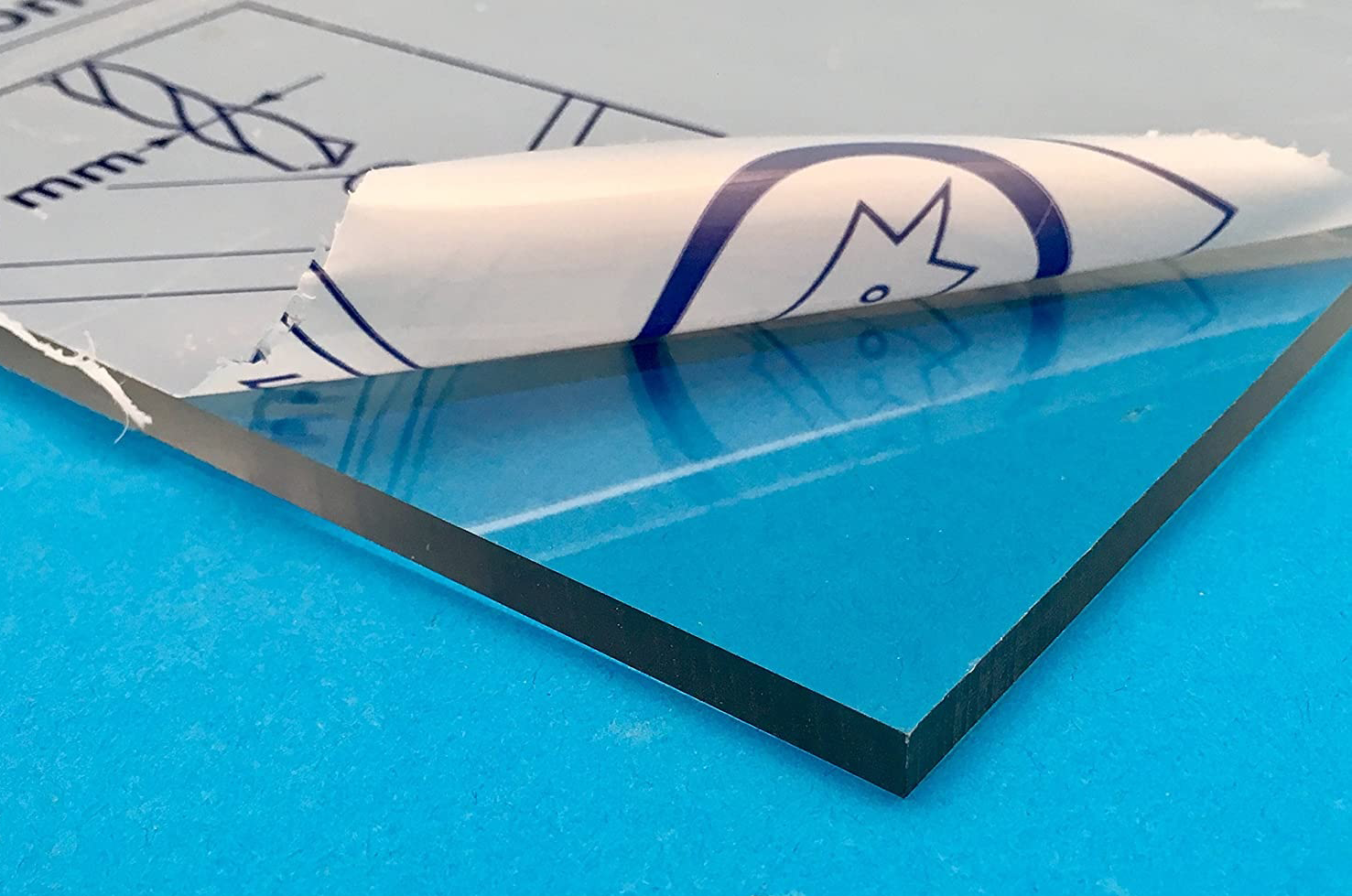- Burlington: (905) 333-5339
- Hamilton: (905) 525-7470
- info@citywindow.com
-
- Mon-Fri 8am-4:30pm Closed on Saturday and Sunday

A Comparison of Acrylic (Plexiglass) vs Polycarbonate (Lexan) Glass
Before we can properly analyze acrylic vs. polycarbonate, their benefits and drawbacks. First, we must understand the manufacturing of both, like, what materials they are made of, what they are mostly used for, how they may be similar, and how they differentiate?
LEXAN and Plexiglass are both trade names for plastic sheet materials known as Polycarbonate and Acrylic. LEXAN™ is one of the most popular brands for polycarbonate; Plexiglass is a common term for acrylic sheet, and the brand Plexiglas® is available from Trinseo. Both Acrylic and LEXAN Polycarbonate sheeting are durable materials. Since both are widely utilized as see-through plastics, the two are often compared. Both serve as quality alternatives to glass, weighing much less and both being shatter resistant.
There are significant differences to understand between LEXAN vs. Plexiglas, which will help you choose which is the better fit for your business’ needs. Continue reading to learn more, or go ahead and contact us for quality pricing along with exceptional customer service.
Plexiglass: Pros & Cons
The following are pros of acrylic plexiglass: Acrylic has a glossier, water clear appearance compared to polycarbonate. Acrylic is generally less expensive than polycarbonate, but different coating and grade options may alter the price of each material. Compared to polycarbonate, acrylic is typically more scratch resistant, but less impact resistant: about 10 times more impact resistant than glass, compared to polycarbonate being about 250 times more impact resistant than glass. Acrylic is also inherently UV resistant, making it a good option for outdoor applications. There are many color options available for acrylic, from opaque to transparent and translucent colors, providing a wide array of design options. Cut acrylic edges also polish well, either with mechanical polishing, or flame polishing.
The cons of plexiglass is that it is more rigid and cracks easier than polycarbonate. It is also more likely to chip, which should be a consideration when being used in high traffic areas where aesthetics are a concern.
LEXAN: Pros & Cons
Among the pros of LEXAN Polycarbonate are that it is “virtually unbreakable” – polycarbonate is 250 time more impact resistant than glass, and is often the top choice for applications when impact is a concern. Polycarbonate is less rigid than acrylic plexiglass, meaning it does not crack when drilled, and can be bent without heating (cold bending). It is highly resistant to acids and chemicals, such as gasoline. It has a low level of flammability, which is essential in certain industries. LEXAN polycarbonate is also available in a variety of flexible (film) grades.
The cons of LEXAN are that it is easier to scratch, and minor scratches cannot be polished away. Polycarbonate is generally more expensive than acrylic plexiglass. A pre-drying process is required when forming polycarbonate.
When to use LEXAN vs Plexiglass
Polycarbonate and acrylic are suitable for use in a variety of applications, some similar, and some very different. Acrylic is preferred when very clear, lightweight material is needed, or when a specific size or shape is required because it is easily formed without impacting visibility. Polycarbonate is preferred when strength and impact resistant are needed, or when the material could be exposed to high heat. With each material, specialty grades are available to enhance characteristics that might otherwise be lacking, such as scratch resistance, or UV resistance.
Popular polycarbonate (LEXAN) uses:
- Bullet resistant “glass” windows and doors
- Windshields and operator protection in various vehicles
- Clear visors in protective sporting gear
- Technology cases
- Machinery guards
- Protective guards in industrial settings where heat or chemicals are present
- UV grades for signage and outdoor use
Popular acrylic (Plexiglass) uses:
- Retail display cases
- Light fixtures and diffusing panels
- Transparent shelves and holders for brochures or print materials
- Indoor and outdoor signage
- Craft of DIY projects
- Skylights or exterior windows that are exposed to excessive UV rays
So, the question is; which of the two matters is better? Well, it simply comes down to what your preferences are and what you’re looking to do with the material. Each material may be better under different circumstances. So, the main point to think about is the reason why you need the material (i.e. application or uses).
Contact us for more information, and quality pricing along with exceptional customer service.

